Considering an Additive White Gaussian Noise (AWGN) communication channel where a signal taking values from BPSK modulation is being transmitted. Then, the received noisy signal is :y[k] = s[k] + w[k] where s[k] is either +1,-1 symbol and w[k] is the zero mean white gaussian noise.
-- I want to estimate the signal s and evaluate the performance by varing SNR from 0:40 dB. Let, the estimated signal be hat_s.
So, the graph for this would have on X axis the SNR range and on Y Axis the Mean Square Error obtained between the known signal values and the estimates i.e., s[k] - hat_s[k]
Question 1: How do I define signal-to-noise ratio? Would the formula of SNR be sigma^2/sigma^2_w. I am confused about the term in the numerator: what is the variance of the signal, sigma^2, usually considered?
Question 2: But, I don't know what the value of the variance of the noise is, so how does one add noise?
This is what I have done.
N = 100; %number of samples
s = 2*round(rand(N,1))-1;
%bpsk modulation
y = awgn(s,10,'measured'); %adding noise but I don't know
the variance of the signal and noise
%estimation using least squares
hat_s = y./s;
mse_s = ((s-hat_s).^2)/N;
Please correct me where wrong. Thank you.


